
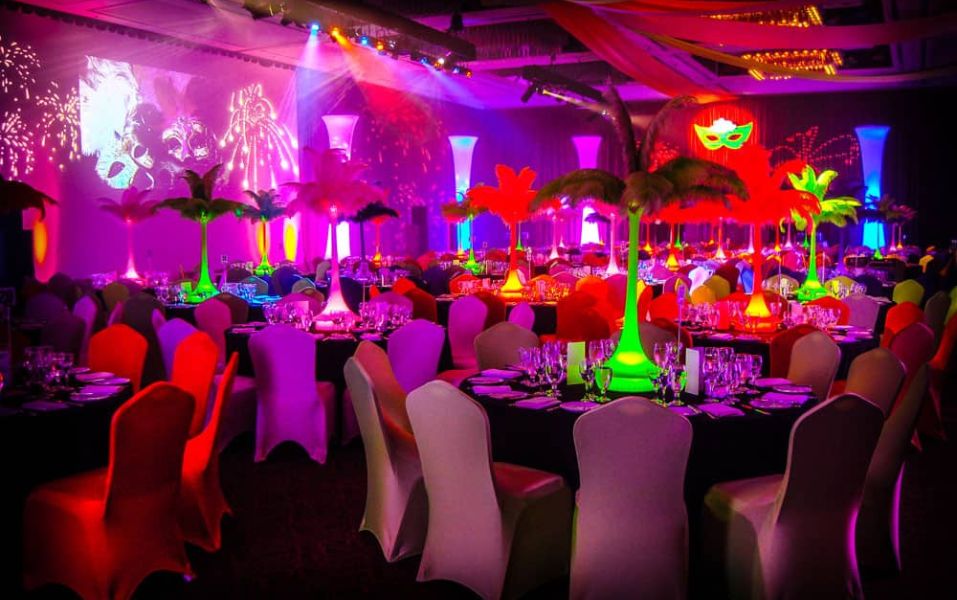
Choosing the appropriate colour scheme for your event can significantly enhance the creation of a memorable and influential experience. Colours possess the ability to produce emotions, communicate messages, and establish the atmosphere for the entire occasion. If you are organising a corporate conference, a wedding, or an educational event, having knowledge about the psychology and principles of colour can assist you in creating an environment that really connects with your audience.
Prior to exploring any of these principles, it is essential to have a clear understanding of their definitions and how they relate to the subject of Event Management. We’ll also explore the secrets to choosing the perfect event palette and reveal how JD Institute’s cutting-edge programs equip students with the knowledge to create visually stunning events.
Colours have the power to capture people’s attention, create an atmosphere, and evoke emotional responses. Here are a few important factors why colours are essential when preparing an event:
While there are many other reasons why colours are important, understanding their psychology is essential to understanding them.
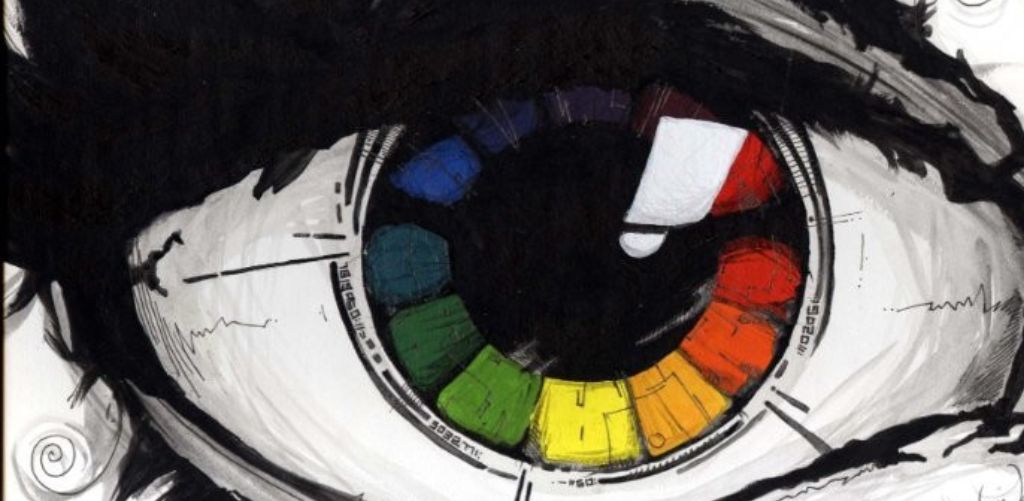
Colour is a powerful medium that can effectively communicate many meanings and evoke diverse responses. Visual media production, including art and advertising, has historically employed it, and it also holds significance in the realm of event management.
Learning colour psychology is essential for event planners who aim to establish the appropriate ambiance and evoke specific emotions in participants. The following is a concise summary of typical colour associations:
Blue is noted for its Soothing and Trustworthy attributes. It is particularly suited for corporate events or conferences that prioritise professionalism and reliability. For Example, a tech conference could use various shades of blue to evoke a sense of reliability and calm, encouraging productive discussions.
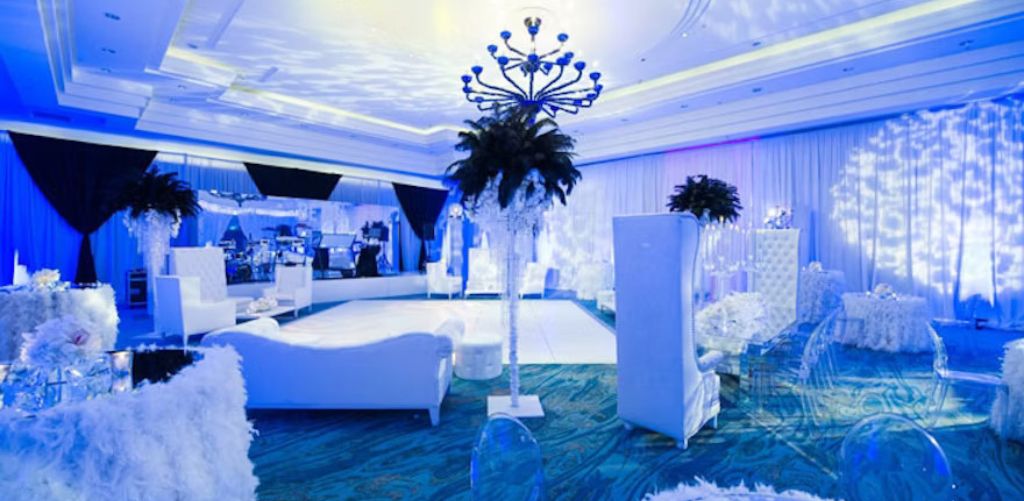
Red is usually known for conveying Love, Excitement, Passion, Energy. It is a colour that usually commands attention. This makes it suitable for events where you want to create a sense of Urgency or Importance. For example, fundraising events might use bold red accents to stimulate enthusiasm and drive donations.
Green, on the other hand, symbolises Growth and Harmony. It is perfect for events centred around nature and wellness. For example, since 2002, the United States has held Green Festivals with the goal of reducing waste and attracting over a million attendees.
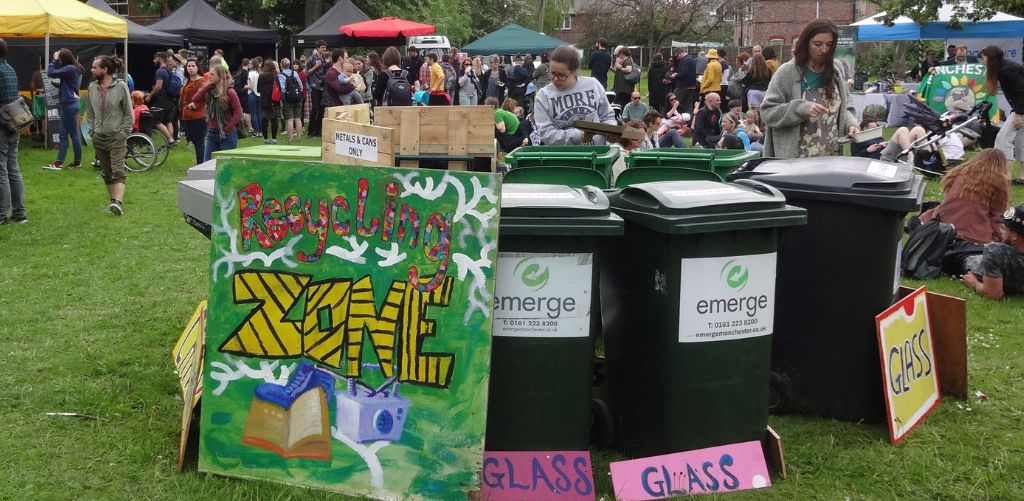
Yellow is summertime, and denotes Cheerfulness, Creativity, Enlightenment, Innovation, and Fascination, sparking inspiration in both designers and visitors. For example, the yellow colour employed on the homepage of the Yellow Pony’s website expresses vibrancy, warmth, and a sense of cheerfulness. That is the impact that the ideal yellow colour for a website should create on its visitors.
Purple is often associated with Luxury, Creativity, and Mystery. It can add a sense of grandeur and elegance. For example, a high-end fashion show might use deep purple to evoke a sense of luxury and exclusivity or a luxurious Purple theme party.
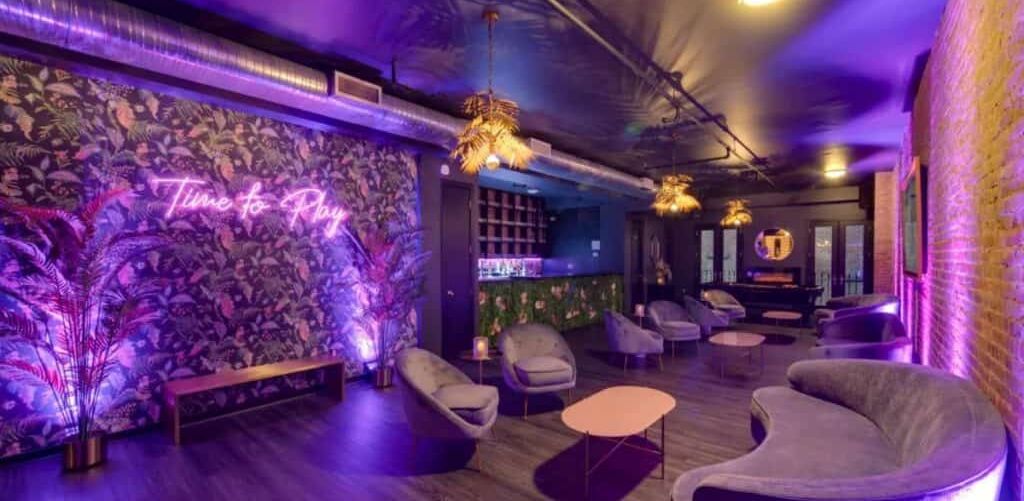
At JD Institute, students extensively explore colour theory and its practical applications in their lectures. This knowledge enables them to understand the significance and importance of colour, ensuring that if they pursue a career in Event Management, they will always possess the ability to select colours with skill and intuition.
Choosing the ideal colour scheme is more than simply selecting your preferred colours. Take into consideration these important factors to ensure that your colour scheme enhances the overall event experience:
Understand the event’s purpose and what you want to achieve. Are you aiming for a formal, professional setting or a lively, informal gathering?
For example, a corporate event may enhance its ambiance by using an optimised, subtle colour scheme, while a children’s birthday party could create a lively atmosphere by incorporating vibrant, cheerful colours. So one should analyse and select appropriate colour schemes accordingly.
It is essential to recognise the preferences and social associations that your audience has with colours. Adapting your colour choices to the preferences and ethnicities of your audience provides a more captivating engagement.
For example, to set up a lively and energetic atmosphere for a birthday party, it is advisable to use brilliant colours such as bright reds, blues, and yellows.
Staying updated with colour trends can provide your event with a modern and innovative approach. Search for current seasonal colour trends or industry-specific colour palettes.
For example, incorporate the Pantone Color of the Year to align with current design trends. Peach Fuzz is announced as the Colour Of The Year 2024.
The event space itself plays an important role in Event palette selection. Consider the venue’s features like wall colours, flooring, or architectural elements to ensure a harmonious blend between the space and the event design. For example, for open-air events, consider the surrounding landscape and how your palette will interact with nature.
By carefully considering all of these factors, event organisers can develop colour schemes that are both aesthetically pleasing and strategically in line with the event’s objectives, target audience, and setting. JD Institute’s comprehensive curriculum keeps students ahead of trends. Our unique learning approach ensures that students are well-prepared to tackle complex colour decisions in their future Event Management careers.